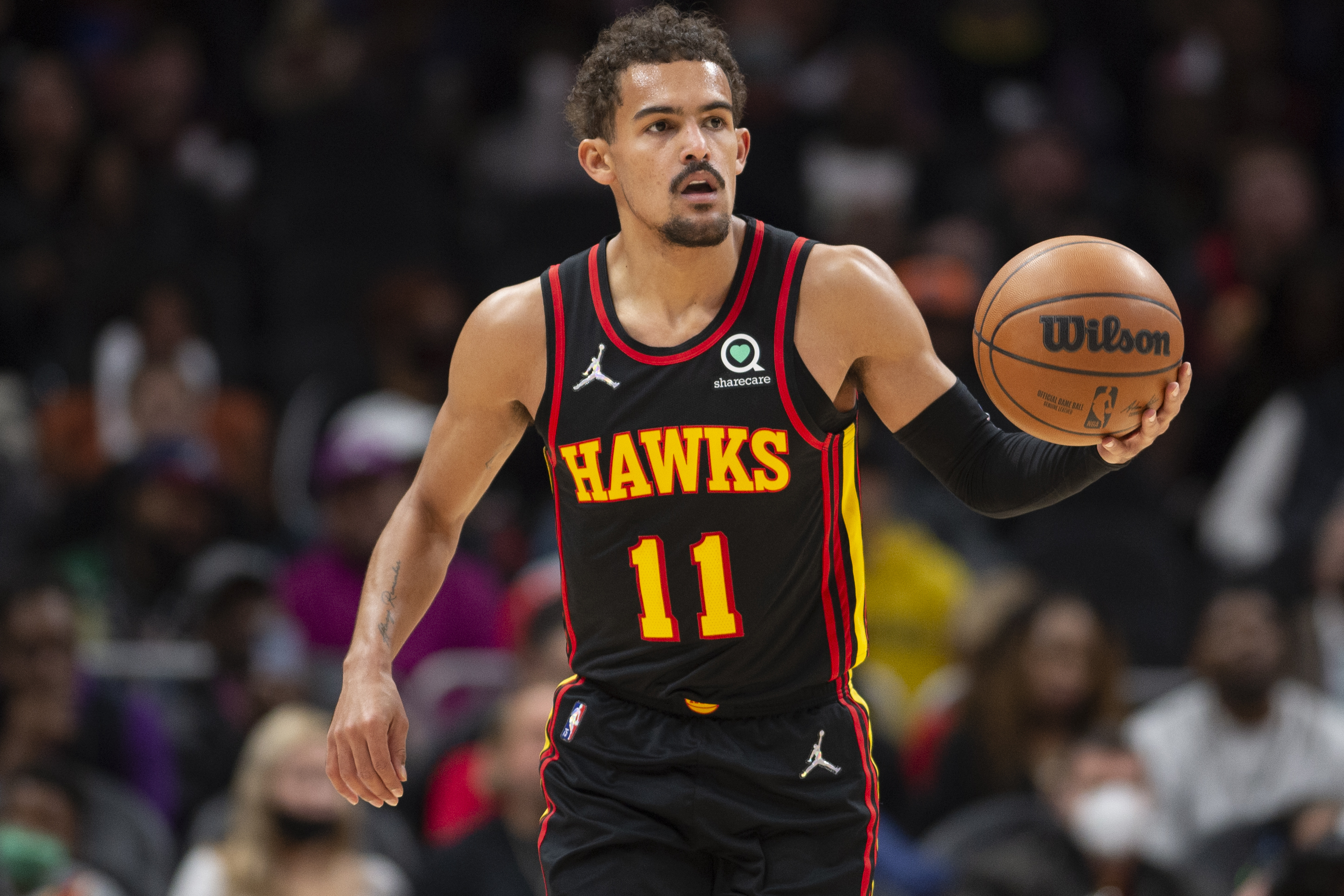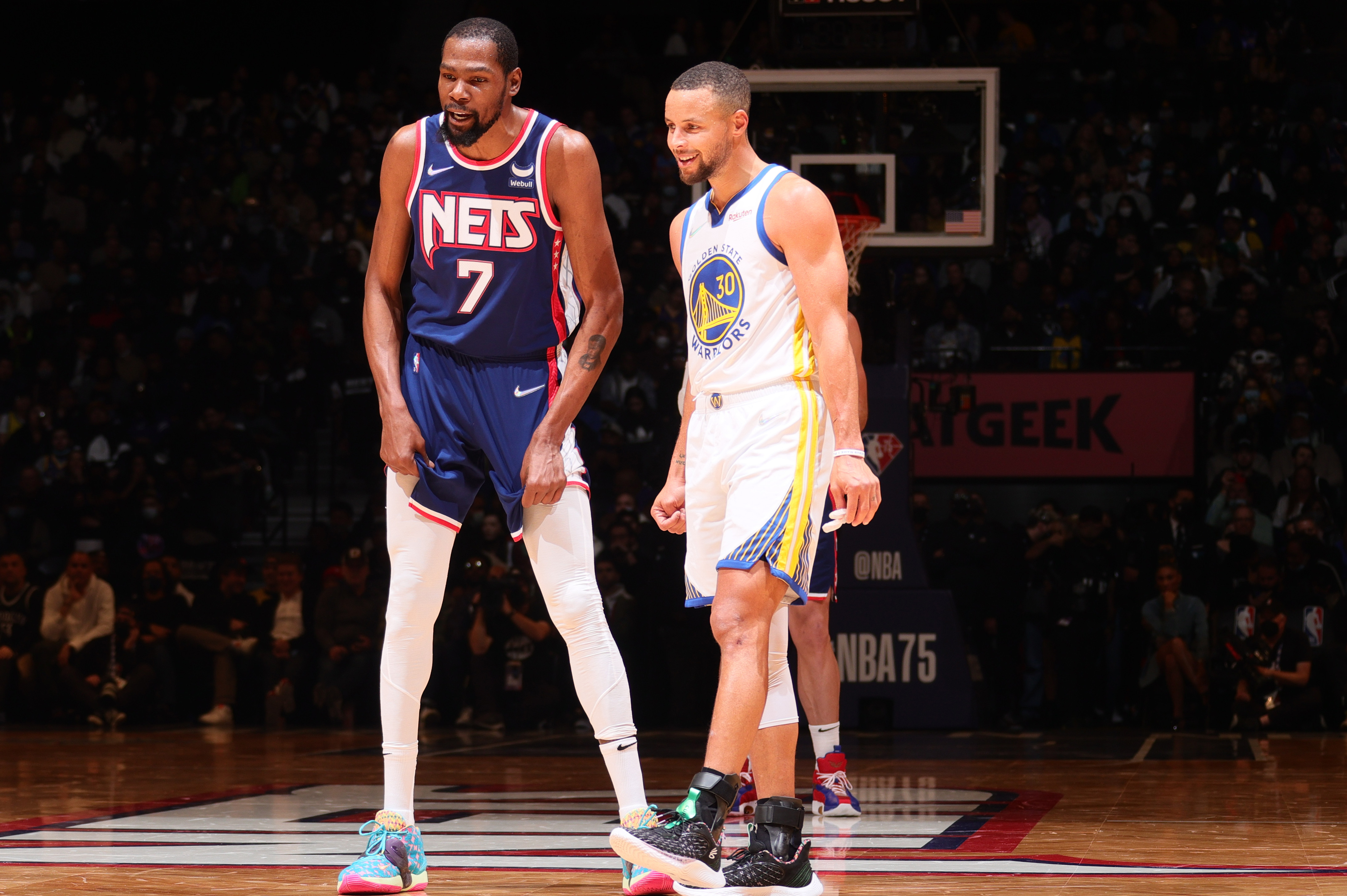Halo Infinite Review: Campaign, Multiplayer Gameplay Impressions, Speedrun Tips

Halo Infinite marks the return of one of gaming's giants for the first time in six years.
Since the last outing in the series, 2015's Halo 5: Guardians, the gaming landscape has changed dramatically. Infinite aims to modernize, splitting its solo and multiplayer offerings. The former is a Halo campaign experience, while the latter is a free-to-play romp complete with a battlepass and other modern online trappings.
It's a critical moment for the series, as well as gaming as a whole. Developer, 343 Industries, alongside publisher Xbox Game Studios, will hope the free-to-play nature of multiplayer brings more players than ever into the tried-and-true gameplay.
But with core features like co-op and a Forge mode missing from the campaign at launch, plus some notable hiccups with multiplayer already, Master Chief has much more than the Banished and other familiar big bads to overcome to earn staying power in the landscape it helped create.
Graphics and Gameplay
Halo never has an issue sitting at the forefront of the industry.
That's true in fun and new ways with Infinite, too, as Halo takes its first serious dive into a semi-open world with this trip to Zeta Halo (Installation 07).
Infinite looks amazing. The vistas and draw distances are bigger than ever, fully flexing the hardware of next-generation consoles. A bright, varied color palette keeps things visually interesting, while notable lighting and shadow work breathes life into the world. The detail packed into even a multiplayer map, from an arcade machine making noises in the background and beyond is impressive.
Sound design, specifically in campaign, is a treat. The voice acting is splendid, the overarching soundtrack brings back some pulse-pounding favorites to mix with the new, and enemy chatter ranges from serious to laugh-out-loud hilarious thanks to the Grunts. The trash talk Grunts throw out that is context-specific to what the player is doing (calling out Chief is hurt, talking about what he's driving, etc.) is amazing.
Master Chief hits on a wide range of emotions despite keeping a helmet on throughout, and the cutscenes starring him are some of the best in gaming.
Out in the open world, seeing so many enemies off in the distance on such a massive structure like a Halo ring really paints the picture as to the challenge Master Chief faces on his own. Ditto for the breathtaking scale to the mysterious, cavernous interior structures the player explores.
Chief is small by comparison, but only in physical size and the way most enemies frightfully react to his arrival deepens the impression of the lethality he offers.
If there's a downside to the graphics on multiplayer, it's that most of the maps feel too industrial. Even a map featuring city streets feels more like a warehouse in many respects. This is something players who spend most of their time in ranked will feel the most on the smaller, more tense launch maps.
This is very much a Halo game—which means it's about as good as gaming gets. Weapons are snappy, pack a punch and the variety of the arsenal between human and alien weapons offers a thrilling gamut of experiences.
In campaign, it's a joy to be confronted by a variety of enemies and need to change up the arsenal to survive. True to his reputation, and in a testament to how great the weapons pool is, Chief can pick up pretty much anything when ammo is scarce and come out ahead with a little thought before pulling a trigger.
Of the gadgets, Grappleshot has redefined Halo, likely for good. It is fluid and a blast to use, speeding up movement in solo play. It's also got some amazing potential for players who get creative in multiplayer sessions. The other gadgets, like Dropwall and a dash, aren't bad, but it's the Grappleshot that stands tall.
Multiplayer has that same Halo feel fans love, and that will assuredly be appealing to the newcomers looped in by the free-to-play model. Battle Rifle battles are a thrill, where the most accurate once a shield pops wins a one-on-one. And the fact the sidearm pistol can gun down an assault rifle user with their accuracy is skill-gap heaven.
A lower time-to-kill means it's not like Call of Duty, where the first person to get a sight on an enemy almost always wins the engagement. A more methodical, measured and team-based approach still reigns supreme in Halo multiplayer, which sets it apart from most other competitors on the market.
If there's one part of gameplay that is a big whiff, it's the way melees in multiplayer feel. Unlike in past Halo games, there's no collision between players. That means wading through teammates and more confusingly, doing the same with enemies. This creates awkward, everybody-loses melee battles where you can come out the loser despite having the drop on an enemy. Why Infinite went this route, or whether it's unintentional is hard to say, but it's not better.
The game runs well on consoles, though better optimization for the PC side will be a welcome addition. Infinite leaves no stone unturned when it comes to giving players a wealth of options. Whether it's accessibility, fine-tuning graphical settings or remapping buttons across the board, Infinite leaps nearly any bar set by another game in this regard.
Campaign, Multiplayer and More
If longtime fans think Halo multiplayer is back to its best shape in years, rest assured the campaign story mode also is.
Infinite doesn't waste time getting the spartan known as John-117 back into the fray. He's got some interesting new allies and enemies to balance, while the series mostly picks up where it left off.
Infinite's ability to tell a heartfelt story and make the player care for characters—A.I. or otherwise—still doesn't have many equals. And that's despite Chief's monotone gravelly voice and the fact players only ever get to see his visor.
Little about the campaign falls into the unexpected category besides the semi-open-world. It hits on familiar beats, has serious, memorable moments and breaks up the pace with some funny stuff, too. Infinite does a stellar job of painting world-building context far beyond the Master Chief himself, looping in other Spartans and nods to other things.
On paper, a semi-open world Halo sounds amazing. An open-world on a Halo ring sounds amazing. But it almost feels like it's a decade too late. Open-world games aren't uncommon anymore, with games that don't even need one...doing one. They're done better elsewhere and the allure of it being in the Halo universe isn't as impactful as it would've been in the past.
That's not to say it isn't fun. And the open sections feel pretty populated with enemies in most places. But those enemies aren't doing much outside of standing around waiting for a certain Spartan to roll through. And side activities—like saving a group of imprisoned marines—isn't particularly innovative.
This semi-open-world, at least, isn't a very big one. And it's going to feel much better with a friend in co-op, as messing around in the sandbox will be a good time. That said, co-op isn't ready for launch and won't be until at least May 2022.
There's a concerted effort to have some mission variety, which is admirable. But it's standard-fare, even with some boss battle encounters easily cheesable.
Along the way, players will encounter some RPG-lite elements by earning upgrade points, which improve some of the gadgets available to Chief and fuel unlocks. Checking things off the open-world checklist such as freeing FOBs unlocks fast travel for that area and reveals things on the map, too. Those areas offer unique bonuses in the form of spawnable weapons and vehicles.
It's all standard and feels non-essential at times. But the fact options are there isn't a bad thing. The real focus should be the excellent campaign missions that feel like a high bar for the series while weaving a gripping narrative.
Infinite, admittedly, didn't need to do much to get the feel for multiplayer right. The four-on-four on small to medium-sized maps flows incredibly well, as expected. And the size and feel of the 12-on-12 modes in Big Team Battle are chaotic enough to be a blast while not feeling overwhelmingly big like in Battlefield lately.
The only thing that feels overpowered are the power weapons. That's critical to the Halo experience—a single match is all about map control.
Even then, it doesn't feel unfair. On some maps, the power weapons (such as a sniper) are mirrored on both sides of the maps at set timing intervals instead of just a single rocket launcher. And considering snipers require major accuracy to be effective, even losing the map positioning battle doesn't mean a team can't dig its way out of a hole.
At launch, players can load into a quickplay playlist, which features slayer and team-based modes like capture the flag and oddball. They're all tried-and-true spectacles that feel amazing within this ecosystem of new maps. There's not really anything that feels unbalanced about multiplayer. Naturally, many players will gravitate toward the ranked playlist, which thankfully again boasts the BR start and a ladder to climb (though more explanation as to how a player's rank gets calculated would be welcome).
Two of the most notable multiplayer issues come in the form of sound design and radar. Despite tweaking many settings, enemy footsteps aren't up to par with other modern shooters, especially when behind the player. And while radar isn't even active in the ranked playlist (thankfully), where it does show up, it doesn't give off enough warning. The sound engineering of multiplayer and actual range of radar will undoubtedly show up in future patch notes.
Likely anticipating that this will be a first Halo for many players thanks to its free-to-play nature, there's a robust Academy mode and ability to train against bots. That Academy does a stunningly good job of walking players through the game's full arsenal, to the point even veteran players might learn something.
Player concerns about monetization once it was announced multiplayer would be free-to-play have unfortunately been proven true.
The intimate marriage between a poorly constructed challenges system (which asks players to accomplish specific feats in specific game modes) and being unable to choose which game modes to play means players quit regularly. And while playing certain game modes, players are incentivized to cheese whatever they need to finish challenges instead of actually winning the games.
The backdrop to this is a standard-fare battlepass that is overly grindy with minimal rewards. Unlocking an item for one "armor core" doesn't let it be applied to another. A full-blown microtransaction store atop the option to buy a premium battlepass offers to sell players core-specific items and basic colors like shades of blue. Compared to the near-endless customization offered in past Halo games, it's understandable if players are bemused, especially since customizing a spartan has been such a staple of the series.
Other free-to-play games are infinitely more generous to their players, and things like server costs fall short for a game backed by Microsoft horsepower (ditto for occasional latency and connection issues).
There's also zero excuse for a Halo game—or any arena shooter—not launching with a slayer-specific mode in 2021. While there are undoubtedly playlist balancing concerns (slayer is much more popular than objective modes, which means unhealthy objective lobbies for players of all skill levels due to smaller player population), being unable to pick team slayer in a Halo game is baffling.
As it stands, it sounds like Infinite will launch without the ability for players to pick what game modes they actually want to play while being asked to grind experience for a battlepass that doesn't have much benefit. It was a hurdle longtime fans could only grimace and hope Halo could clear properly, only to see some of their fears realized.
The sloppy, questionable handling of Halo going free-to-play doesn't take away from the gameplay. On the multiplayer side, it's the best competitive Halo has felt since Halo 3. It's brilliant fun and a testament to just how right the series got a first-person shooter all those years ago.
Speedrun Tips, Esports
An open-world Halo was always going to make for interesting speedrunning fodder.
As of launch, gunning through Infinite as quickly as possible is made easier by the Grappleshot, which has a quick recharge and lets players find their own routes to objectives. Over time, routing the best possible path via knowing where the next missions will be should let runners unlock only the necessary fast-travel points as they go.
For now, it doesn't feel like runners will need to interact majorly with side content out in the open world, especially since none of the upgrades boost overall health. Still, Legendary-difficulty runs should require plenty of skill with weapons, vehicles and navigation, making it fun for runners and viewers alike.
As for esports, it's a no-brainer that Infinite will live a healthy, long life as a top-tier competitive game, with BR starts, map layouts and balancing so strong. Over time, it would be nice to see more maps added to the pool, but the game's fully-equipped online suite will be great for pro leagues, never mind the health of the ranked playlist.
Conclusion
It's easy to fall into a like-dislike feeling with Halo Infinite. This is the best Halo has felt in maybe a decade or more. It's excellent in-game, which is most important.
So it's an exercise in frustration that surrounding, fundamental systems put such a damper on what should be the top gaming release of the year. The gameplay feels like a love letter to the series and fans, while the surroundings feel as tailored as possible toward grind and monetization. Seeing as Halo is the Xbox brand, fans weren't unreasonable to hope it didn't shake out like this.
That seems to be the give and take on the campaign, where an amazing solo experience with unforgettable moments featuring iconic characters we've invested decades into loses some shine without the presence of co-op or Forge mode.
The good news is Infinite gets the most important things right. It's easy to fall in love with Halo again, and gaming desperately needed an arena shooter to freshen up the scene. The king is here and deserves to stay because it's one of the best shooters released in ages, though how long his reign lasts will hinge heavily on the updates and support it gets to surrounding systems, and how quickly they come.









